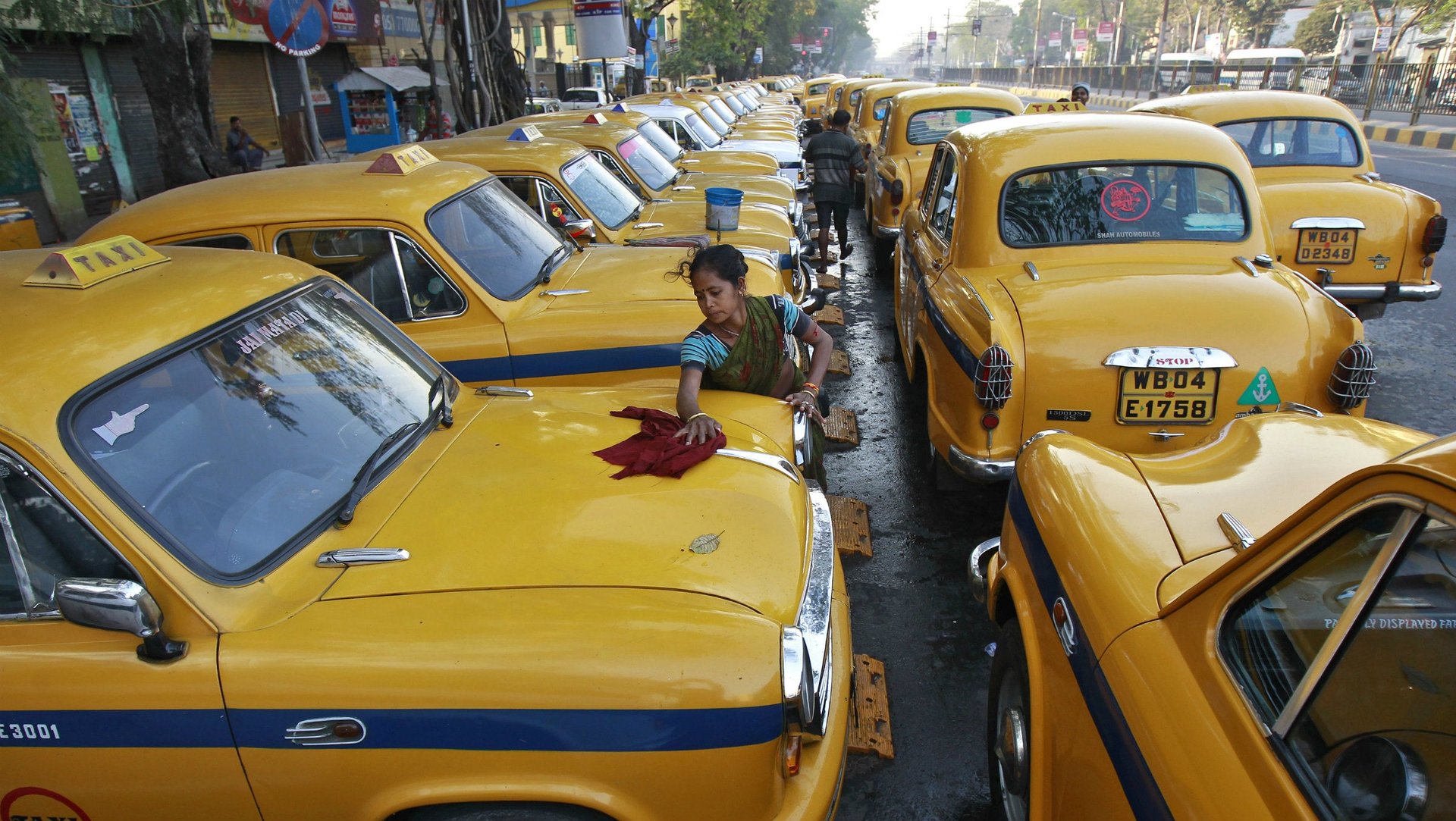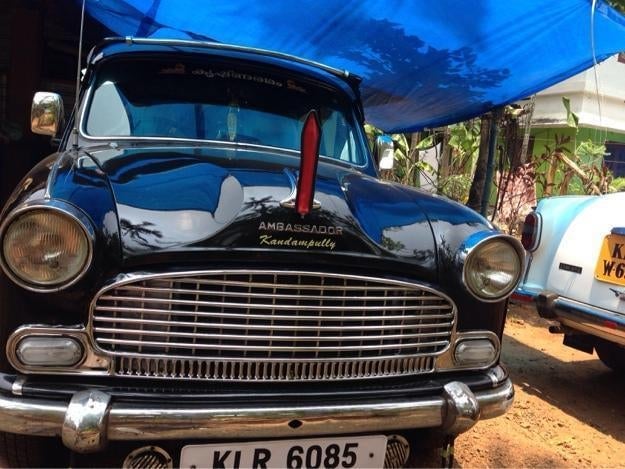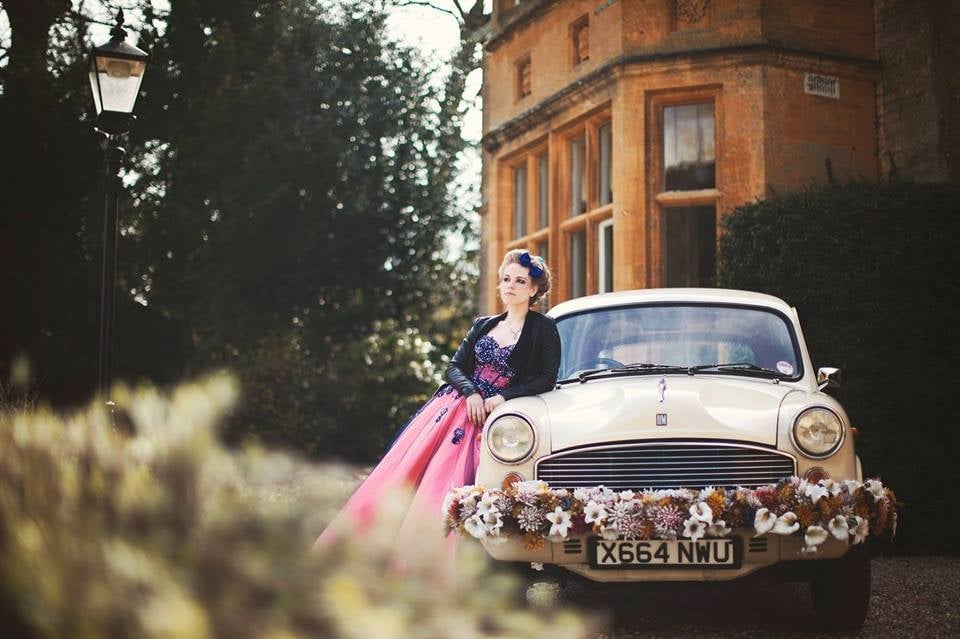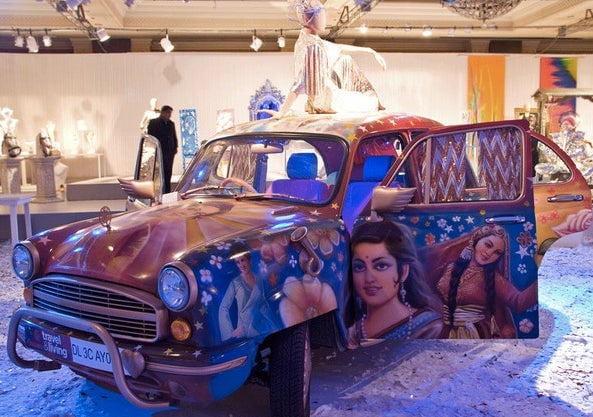Nostalgia and tenacity will keep India’s beloved Ambassadors on the roads for years to come
Fifty-seven years ago, the first Ambassador car rolled off Hindustan Motors’ assembly line in India. The company produced the iconic, four-door, manual transmission cars until this past weekend, when it suspended production, citing poor demand.


Fifty-seven years ago, the first Ambassador car rolled off Hindustan Motors’ assembly line in India. The company produced the iconic, four-door, manual transmission cars until this past weekend, when it suspended production, citing poor demand.
For many years the Ambassador was the only car made in India and thus the obvious choice as an official government sedan, and, for those who could afford it, the family car. The car’s unwieldy turning radius and less-than-stellar air conditioning (if it had air conditioning at all) were balanced out by the fact that if it did break down, it was so ubiquitous that someone nearby would surely know how to fix it. Modeled after Britain’s Morris Oxford, the car still used a real axle based on a 1949 version of its British predecessor well into the 2000s.
It is a testament to the car’s solid construction and uncomplicated motor that India’s roads, taxi stands, backyards and garages (and consequently its used car sites) are full of still-running Ambassadors that sometimes were made decades ago.
Halting production of new models hasn’t done anything to make the existing ones more valuable, at least right away. You can buy a used, working Ambassador for as little as $1,500 in India. Some owners are even offering to give away or trade their cars, including the Kerala owner of this 1965 beauty:

Demand dropped after India liberalized its auto market in the 1990s, and in recent years, unless you were a politician (the government bought about 1/4 of all new Ambassadors), a nostalgia buff, or a taxi diver or passenger, you probably weren’t going to be riding in one of these cars, because a host of Indian competitors and imports had better gas mileage, a smoother ride and were better suited to the monsoon-to-heatwave weather of India. The unofficial family car of India became the Maruti Suzuki Wagon R or, if you were wealthy, a powerful and bulky Scorpio or even a foreign import.
Still the Ambassador’s friendly shape and throw-back looks have already prompted a slew of enthusiasts to keep well-maintained versions around the world, including the five-star Aman Hotel in New Delhi, which uses them to transport guests:

And a wedding and special event car service in England:

Not to mention the Indian artist Manish Arora, who showcased a gaudily-painted Ambassador at a 2008 fashion show:

Despite the car’s pop-art looks and low price, exporting them out of India for sale to the general public has already been tried, unsuccessfully. It turned out that British buyers weren’t willing to buy a car that had a foot-operated windshield wiper.